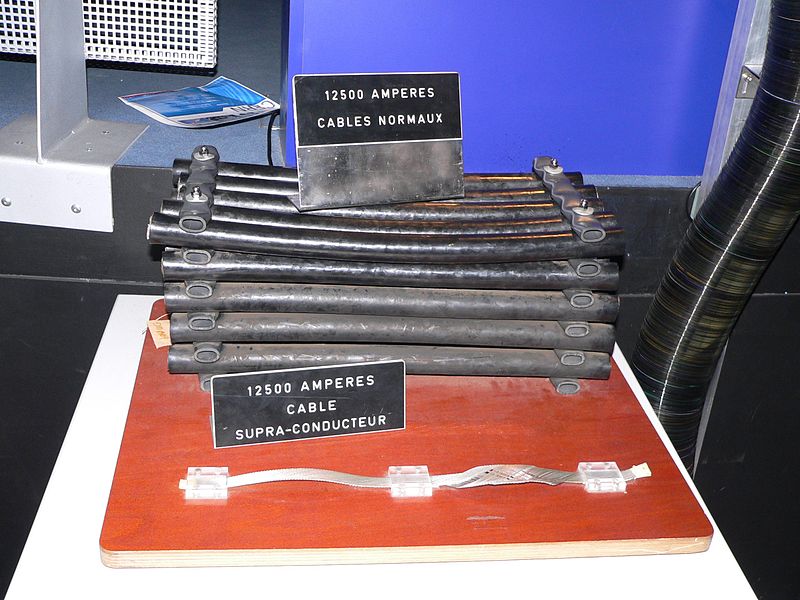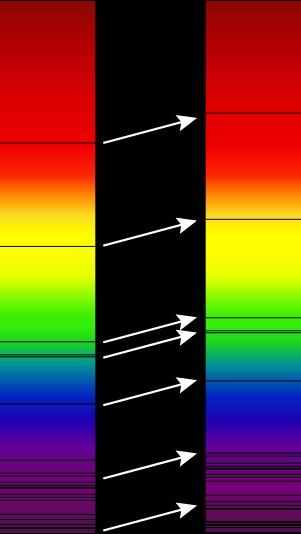What are experimental physicists up to?
And does it matter?
- First detections of gravitational waves
- Synthesis of metallic Hydrogen
- Discovery of Proxima b
- (The 750 GeV diphoton excess)
Gravitational waves
10.1103/PhysRevX.6.041015





 GW150914 + GW151226
GW150914 + GW151226



Probability of N>{2, 10, 40} events as a function of space-time volume surveyed. The second and third advanced detector runs are shown
Questions?
Synthesis of metallic hydrogen
10.1126/science.aal1579H






Questions?
Discovery of Proxima b
10.1038/nature19106








New observations reveal the presence of a small planet orbiting Proxima with a minimum mass of 1.3~Earth masses and an orbital period of ∼11.2 days. Its orbital semi-major axis is ∼0.05 AU, with an equilibrium temperature in the range where water could be liquid on its surface.


Exoplanets discovered/year
Questions?
The curious case of the 750 GeV diphoton excess
arXiv:1605.09401 10.1016/j.physletb.2017.01.027


